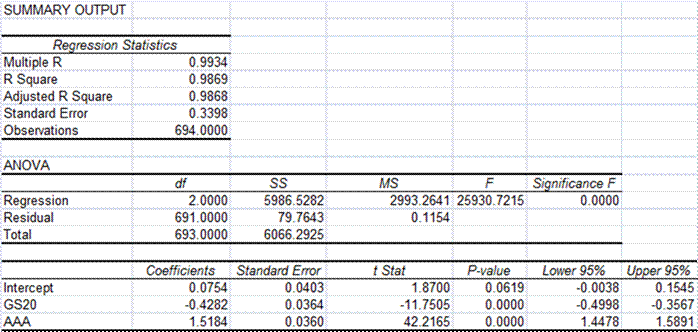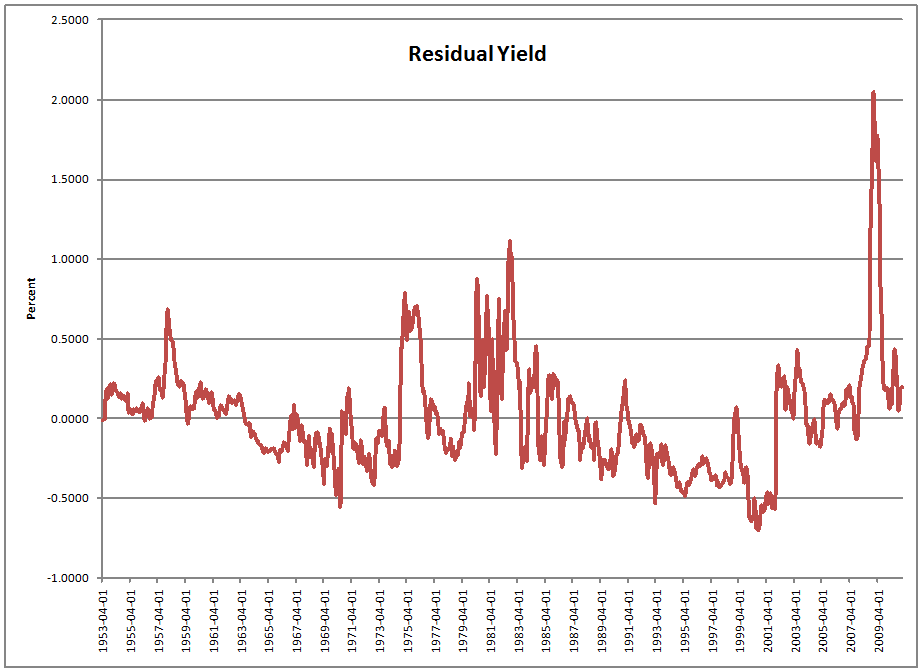Book Review: Eat People
You are either going to love this book or hate it.? Why?? The author’s style is in-your-face, something that I don’t prefer.? I agree with him intellectually, but I develop it differently.? Capitalism is morally good because creates an environment where the one that delivers goods and services that people want get rewarded.
As my son Peter said when he saw the title, “Doesn’t that conflict with Psalm 14, where we are not to take advantage of people, and implicitly “Eat them?”? I said that it had to do with labor productivity, and that the book had a bad title.? There is no way to avoid the troubles from technological change except to become wise about technological change, and benefit from it.? Now, some don’t have good parent(s), but there isn’t much that can be done about that.? There are many coming out of bad situations that have overcome bad beginnings with significant effort.
Th book puts forth the idea that those that deliver the most service get rewarded.? But, there are many ways to do that.? The author focuses on businesses that have been created as a function of low marginal costs via the internet.
Now, am I such an entrepreneur?? My asset management business is only possible because I am reasonably well-known on the internet for honest talk on investing.? I started my business for a small amount of money, and offer asset management services at low cost to upper middle class people.? But I am not going to scale the way that a Google or a Facebook does.? To do that, you have to be doing something entirely new and different, filling needs that people have, but did not know they have.? That is hard to do.
The author has many good points including that vertical integration rarely works, that if you find processes that allow you to do more with fewer people, you will make additional money, and release labor to more productive areas.? He also has some clever ways of categorizing mankind into those that produce and those that don’t, especially affecting politicians who cozy up into crony capitalism, which in the present day is as great of a threat as socialism.
Finally, he focuses on how one locks users into a system that allows the entrepreneur to develop a significant revenue stream, even in the face of torrent sites, etc.
This book is well written for the area it serves.? However, it is not as Rich Karlgaard says on the cover, “Every entrepreneur should read this book.”? No.? Relatively few entrepreneurs will benefit from this book whose businesses are not purely virtual.? That’s where the scaling and low marginal cost come in.? Not every business will be that way.
Quibbles
I found George Gilder’s comments on page 220 to be dumb.? Profits are not a measure of altruism.? Neither the buyer nor the seller is altruistic.? Both are looking for gain.? Profits are a measure of meeting the needs of buyers, relative to the supply of those wishing to meet those needs.
Who would benefit from this book:
Entrepreneurs in the internet space will benefit from this book.? Other who want clever writing about entrepreneurship related to the internet will also benefit.
If you want to, you can buy it here: Eat People: And Other Unapologetic Rules for Game-Changing Entrepreneurs.
Full disclosure: This book was sent to me by the publisher after I asked for it.
If you enter Amazon through my site, and you buy anything, I get a small commission.? This is my main source of blog revenue.? I prefer this to a ?tip jar? because I want you to get something you want, rather than merely giving me a tip.? Book reviews take time, particularly with the reading, which most book reviewers don?t do in full, and I typically do. (When I don?t, I mention that I scanned the book.? Also, I never use the data that the PR flacks send out.)
Most people buying at Amazon do not enter via a referring website.? Thus Amazon builds an extra 1-3% into the prices to all buyers to compensate for the commissions given to the minority that come through referring sites.? Whether you buy at Amazon directly or enter via my site, your prices don?t change.






